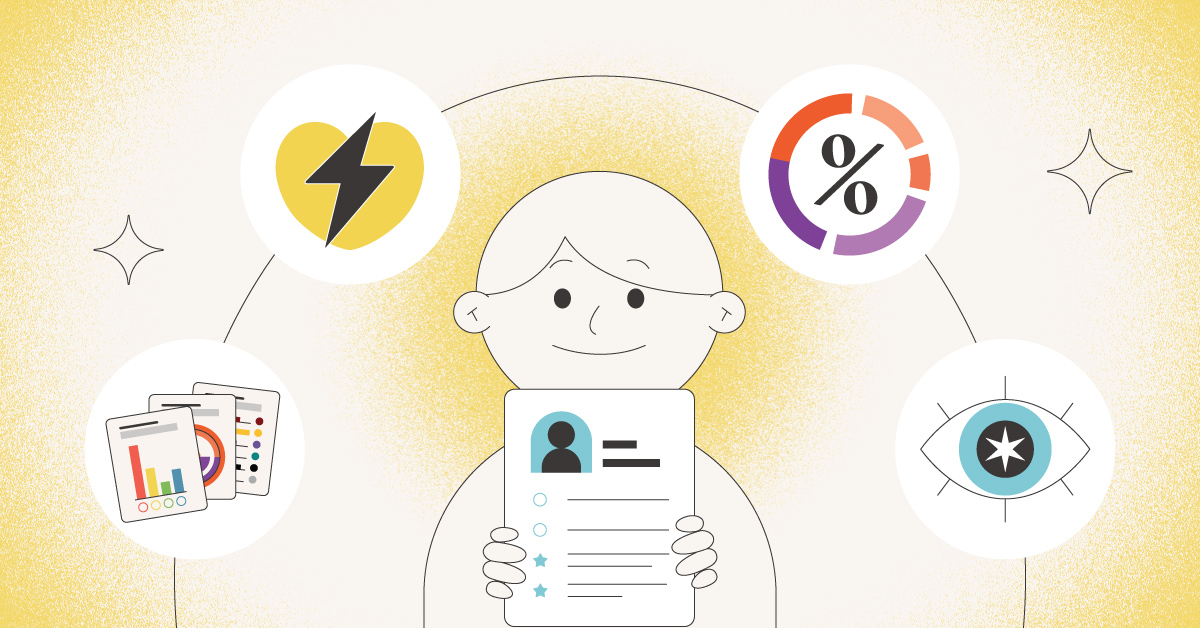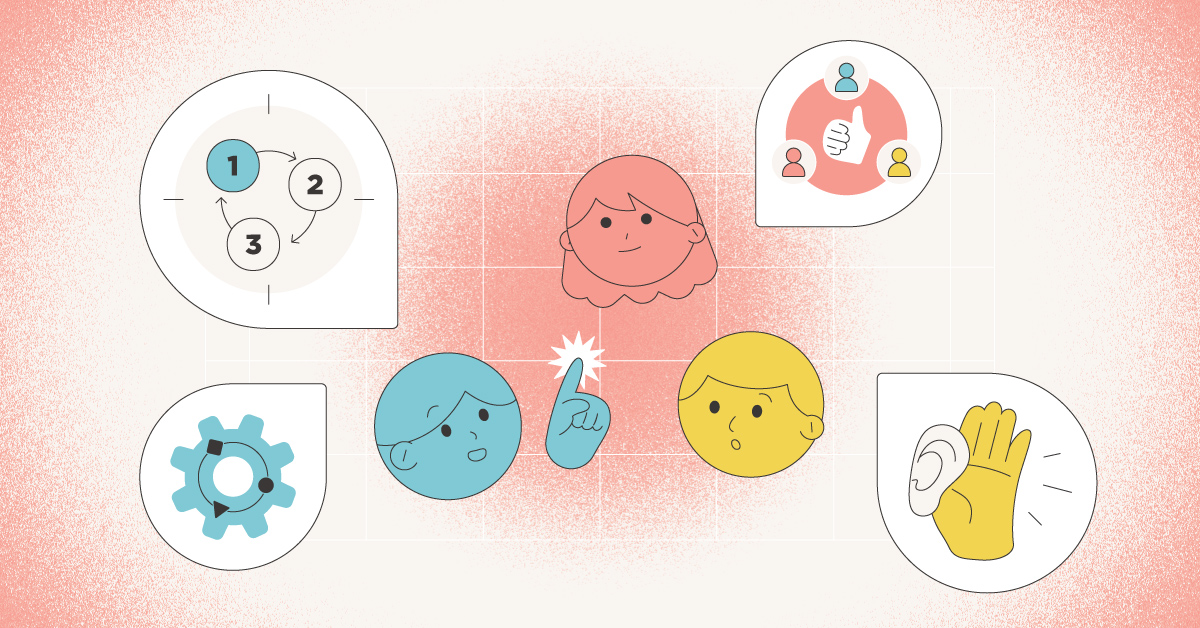
Helping Companies Use Big Data to Their Advantage
If you could predict your next great hire, what would that person look like?
You may have an idea of how they will be successful in the role but can’t pinpoint what behaviors, driving forces or competencies to focus on.
With big data growing in significance in hiring and finding talent, we’re not short of information.
We now have so much data at our fingertips, the problem is no longer gathering what we need to know — it’s knowing what to do with the data once we have it in front of us.
The time has come for many businesses to demand predictive analytics — a way to use data to help determine what might happen in the future based on information we know now. This is not looking into a crystal ball.
Predictive analytics, when done right, is a scientific way for companies to see potential, such as the likelihood that a new hire will turn into a top performer.
Take the example of companies establishing quota for its sales force.
The problem with quota is it looks at top performers and sets a benchmark that is purely based on numbers, not looking at the entire person.
Instead of setting a quota, companies should benchmark based on the job instead to create key accountabilities. With predictive analytics, we can
say goodbye to ineffective metrics like the quota.
Predictive analytics
, although a new buzzword in recent years, is something we have been doing for decades.
In 2016 at TTI, one of our themes is predictive analytics – telling the world about its importance, showing how we are already leading this trend (and have been for years), and helping companies use data to their advantage.
For 30 years,
TTI Success Insights
has looked at decisions that people make, and we are able to predict so much from this data:
- We can reduce the number of bad hires
- We can see when someone is underperforming or has not been properly matched to a job
- We can help organizations find and retain star talent
With predictive analytics and our tools, top performers can be easily identified.
As companies around the world embrace predictive analytics, we’ll also see companies that are misguided. Companies that have access to people data, but don’t know how to use it properly.
This is why validity is more crucial than ever — the data means nothing without the reassurance that it’s valid.
We look forward to the next year of sharing how predictive analytics will grow in significance around the world.



